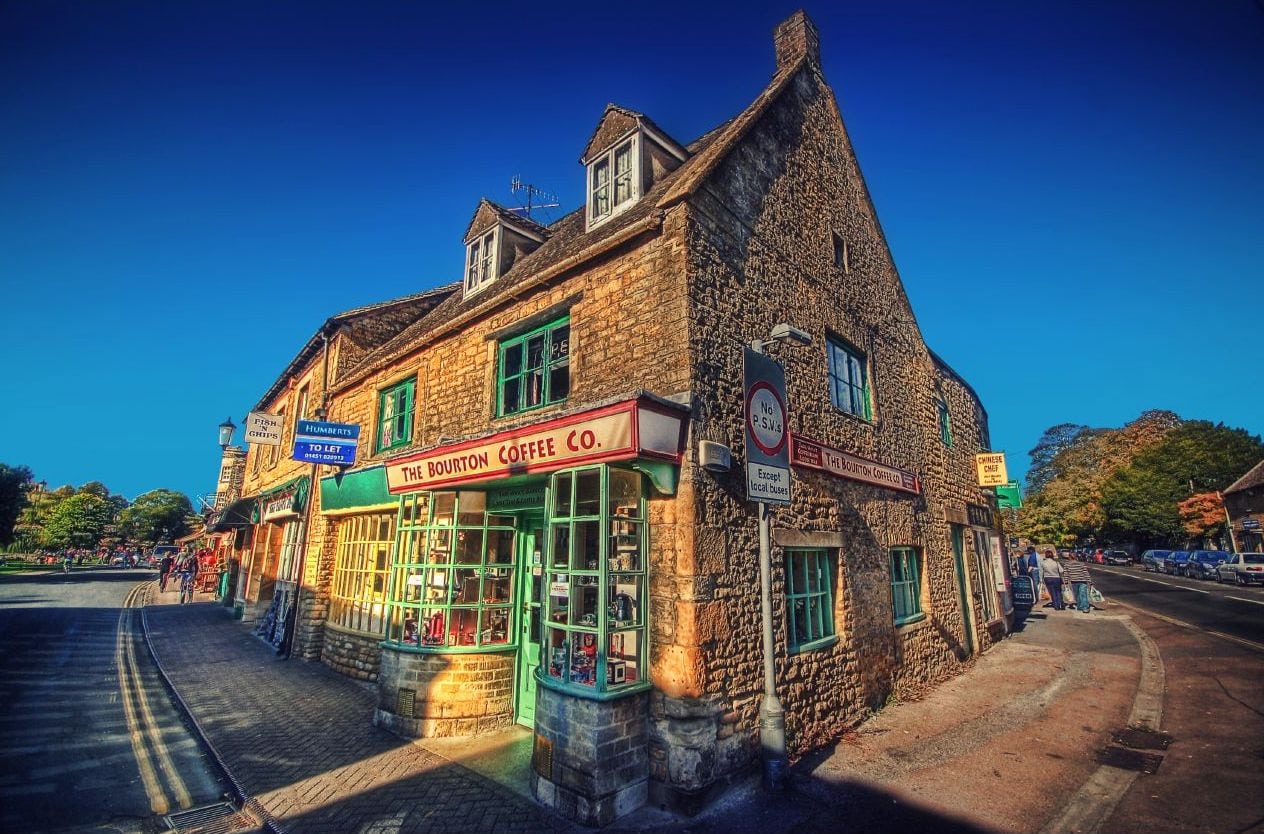Skift Take
How do you push people to other parts of the country beyond the big gateway cities, and spread the economic benefit of travel more evenly? The London Plus tips are good ones, universally applicable.
Among the big travel marketing challenges every country faces is moving tourists beyond the gateway cities that they arrive in — to other parts of the country — and spread the economic benefit of tourism more equally instead of just the popular hubs. This is also the crux of the tension between national and state/regional tourism boards, as we wrote about here previously, citing the example of Tourism Australia and STOs in the country.
Another interesting and related new project comes from VisitBritain, on delivering more “regional spread” of tourists across the country beyond the gateway city of London. It recently commissioned research agency Olive Insight to conduct a study into why many visitors do not go beyond London, what the barriers are, and also what attracts those that do go beyond London to do so. (The full report PDF, embedded below)
The numbers compared to competing countries of France and Italy aren’t that great, as the table shows below:
| Country | % of nights from overseas visitors spent in capital city | Total staying visits to country (million) |
|---|---|---|
| UK | 41% | 29.3 |
| France | 26% | 83 |
| Italy | 13% | 46.4 |
And that’s VisitBritain’s “London Plus” project: building ways in which areas outside London could be promoted. The study came up with 10 ways for promoting London Plus, and has parallel for countries, including U.S., on tips and strategies to even out the regional spread of tourists.
The list of top 10 tips for promoting London Plus:
- Do not over-estimate geographical knowledge of Britain, or assume potential visitors will be aware of even high-profile destinations outside London.
- Focus on the heritage, variety and countryside outside London as well as unique places to stay and the British people.
- Make sure the “experiences” the destination offers (e.g. luxurious, adventurous) are reflected, and indicate how people will feel (e.g. relaxed) when there, as well as the attractions / destinations themselves.
- Do the work for visitors by putting together set itineraries, themselves.
- Remind of enjoyment of previous trips to London and include London in suggested itineraries but build on appeal by showing that Britain can offer even more than our world famous headline sights on a second visit.
- Showcase opportunities to relax, enjoy good food and unique / unusual experiences and places to stay.
- Avoid inadvertently re-enforcing out-of-date stereotypes of destinations.
- Compare , well-known offers in other countries (e.g. Cotswolds /Tuscany, York / Seville, Scottish Highlands / Swiss Alps, Cornish coast / Spanish Costas). Flag unique or off-thebeaten-track experiences in Britain, away from mass tourist hotspots.
- Avoid itineraries where driving / hiring cars is essential (although in some markets this will appeal). Facilitate rail travel, for example highlight booking trains ahead reduces cost considerably, or suggest use of a BritRail pass.
- Show travel times rather than distances from London (or between destinations) by train. Remember for most visitors tolerance is 2-3 hours travel time between destinations.
The Daily Newsletter
Our daily coverage of the global travel industry. Written by editors and analysts from across Skift’s brands.
Have a confidential tip for Skift? Get in touch
Tags: london, marketing, tourism, uk, visitbritain
Photo credit: Bourton Coffee Co., in Cotswold, UK. Giorgos Vintzileos / Flickr
